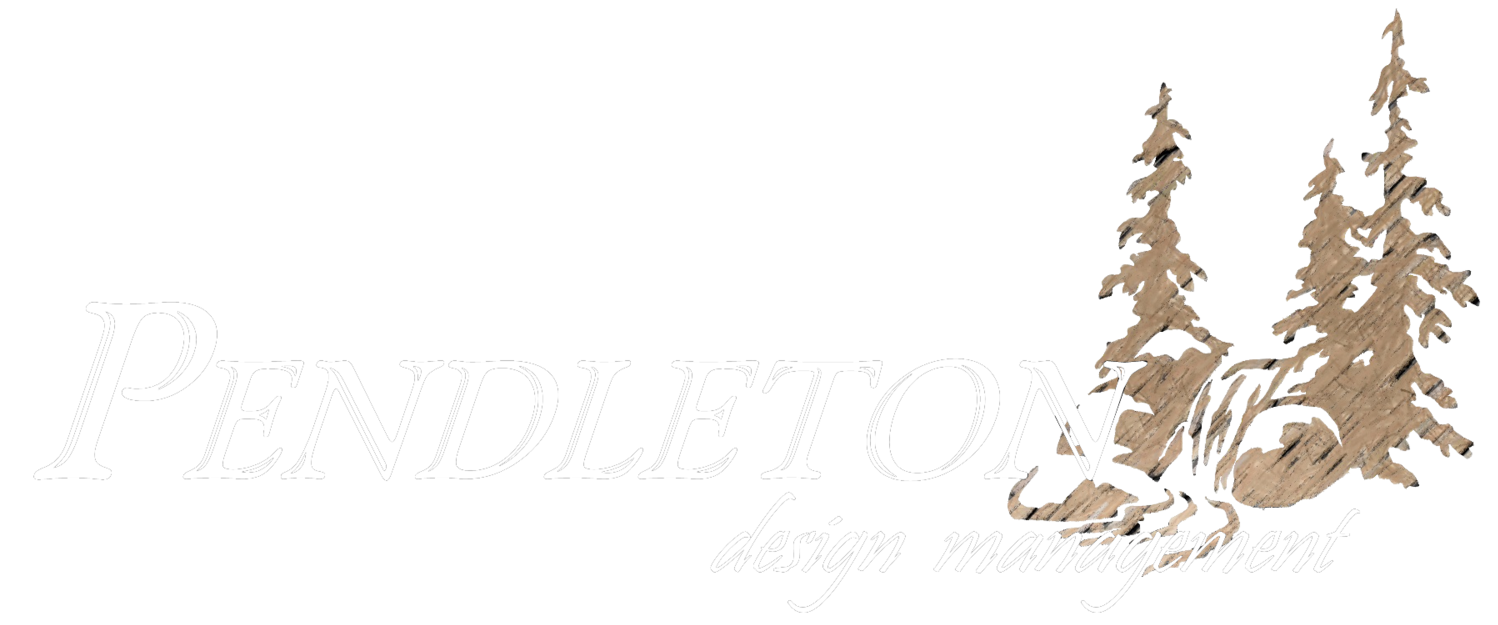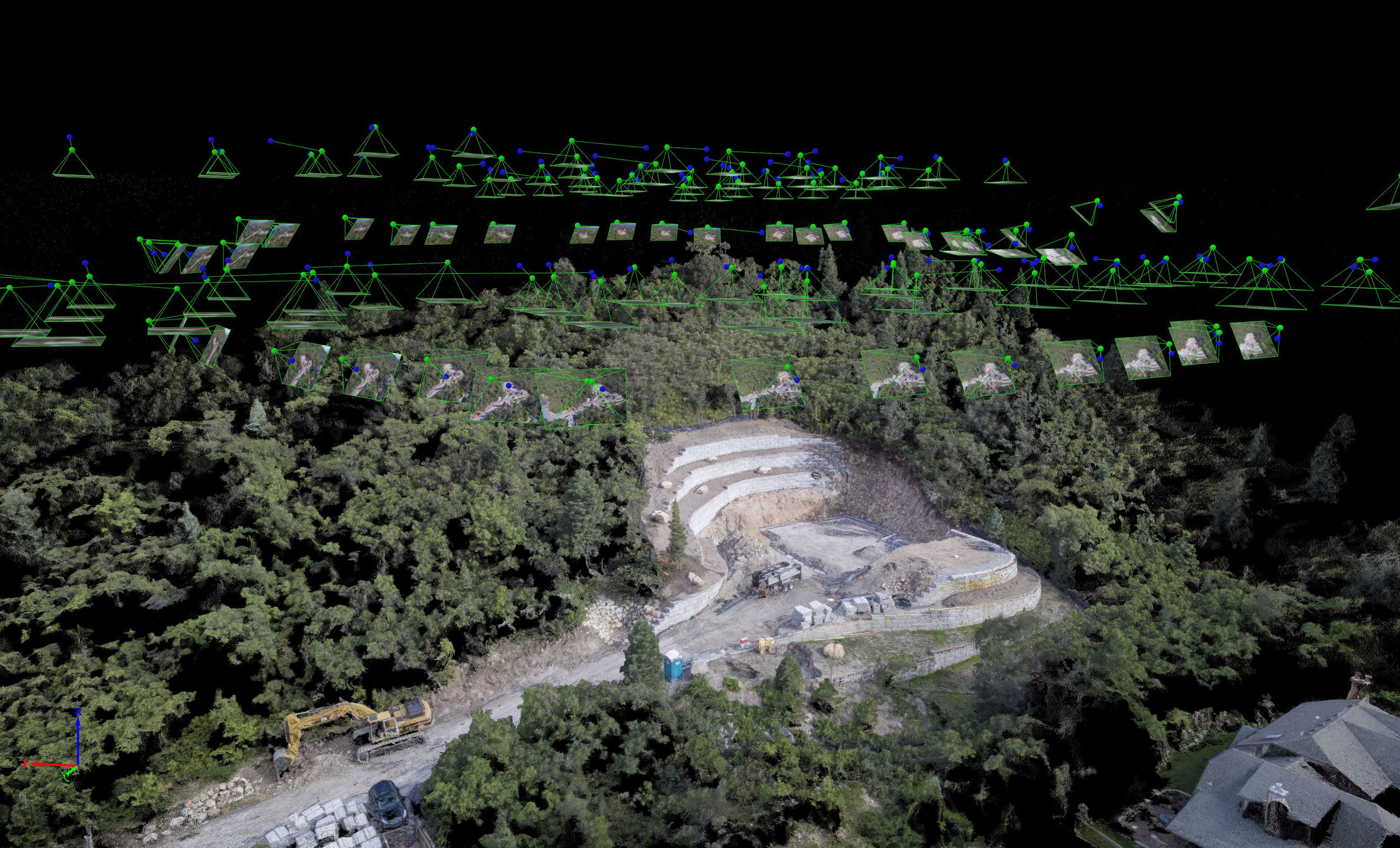If you’re looking to upgrade your backyard garden or patio, consider the addition of wildlife-friendly water features. A small or large wildlife-friendly water feature will attract animals that will keep your backyard landscape flourishing. It can also be a delightful and mesmerizing centerpiece for your garden and a source of entertainment for your family and visitors. These water features don’t have to fully replicate a natural one but can be designed and shaped to look modern and contemporary. Most importantly, the water features should aim at attracting wildlife of all varieties, creating food sources, potential shelter, and protection for fauna.
When thinking of backyard water features, many assume that it’s a complicated and expensive affair, but this is far from true. A water feature doesn’t need to be a huge landscaped pond, an overflowing towering fountain, or an expensively constructed wall of water. It can be as simple as filling a small dish sunk into the ground, providing the wildlife animals with the essentials that they need.
Here are some backyard water features that will encourage the presence of wildlife:
Create a Shallow Drinking Hole
All living things need to drink water to survive and the cheapest and most simple option to bring water to the garden is a shallow drinking hole. This provides a vital drinking reservoir for wildlife animals. All that is needed is a little sand, a large plant pot dish, and some inspiration. Use a clay dish because it is more aesthetically pleasing than plastic, though using such a porous material will mean that the dish will require filling more often.
Find a dish approximately 30 to 50cm in diameter and between 5 and 10cm in depth. Then, scoop out an area of soil so that the rim will lie perfectly flush with the soil surface. A tiny amount of sand in the hole will prevent stones or other sharp objects from puncturing the dish. Additionally, planting around the surrounding area will allow creatures to approach the watering hole with the safety of cover. Smaller plants look best due to the dish’s small size. For example, heucheras, hostas, and even small ferns will create a beautiful looking oasis that will instill intrigue and mystery into the garden.
Use Bird Baths to Attract Wildlife
A bird bath is another excellent wildlife-friendly water feature idea. The birds will come in large numbers since they love to splash and play in the water. A bird bath is also easy to install and comes in all sorts of sizes and materials. Bird baths encourage wildlife animals to come to your backyard as well as birds that are native to your region. Stone and concrete baths are the most popular. A visit to a local cement/stone yard provides the best assortment and choice. For the colder climates consider a bird bath heater. This device keeps the temperature of the water just above freezing and gives birds a place to drink when all other water around them is frozen solid
However, a simple and easy bird bath that feathered friends will both drink from and use to keep their plumage in tip-top condition can be made at home.
A shallow dish bird bath can be constructed using only a large clay pot, a metal dustbin lid and a small bag of pebbles. Place the dish away from overshadowing trees and turn the dustbin lid upside down. Then, rest it on the pot so that it’s sturdy and can hold water. After that, tip the pebbles into the dish for both looks and weight before filling with clean water. A bird bath, in particular, will need its water regularly changed. This is because it will not only provide a drinking source for birds but will also help them rid their feathers of oils and dirt. With careful maintenance and the provision of food, all kinds of winged creatures will flock to the garden for food, drink, and bathing.
Create a Backyard Waterfall
A waterfall is a very appropriate feature to include in a wooded, rocky area of your backyard. The waterfall size depends on the scale and space of your garden. It can be built to give quite a realistic effect. By using larger stones and smaller pebbles and rocks of varying size and color, you can create a visually stunning effect. A small water pump, filter, and re-circulating pipes are also required to build the waterfall. Aquatic plants such as lily pads and some koi fish or goldfish can then be introduced to attract more wildlife animals. The water pump helps keep the water circulating and well-aerated for the fish to thrive and multiply.
Waterfalls can be tricky to install as the running water needs a well-designed and watertight path for worry-free, continuous operation. Consulting a professional landscaper with experience is the wisest choice. Waterfalls are wonderful addition to an otherwise simple pond. It can even be an even more fabulous addition to a swimming pool. A wildlife-friendly waterfall significantly contributes to a magnificent landscaping design.
Build a Small Pond with a Fountain
The easiest way to attract wildlife is using a pond. In the wild, the animals all flock to the pond to quench their thirst, so if you have one in your backyard, a small pond with a fountain will give them the same feel.
A simple pond with a fountain can be created by sinking a large plastic tub, available from most garden centers, into the ground. After that fill it with water and seat the solar-powered fountain in a place where it can be energized throughout the day to provide the calming and gentle noise of trickling water. Use sand in the bottom of the hole for the plastic tub to ensure that large stones or sharp objects will not puncture or scratch the surface. This helps avoid leaks that will be difficult to fix later. Meanwhile ensure that the rim of the watertight container sits flush with the soil surface, allowing creatures’ access to drinking water and making it easier to disguise the perimeter.
Like the shallow dish, planting should complement the surroundings. Use small plants that will provide cover for animals yet not hide the feature from view. For example, towering irises are ideal.
Create a Free-standing Statuary Fountains
A free-standing statuary fountain is an eye-catching feature and can create a focal point in your backyard. However, the fountain does more than simply provide beauty. Many songbirds, butterflies and other wildlife are drawn to the fresh, clean water gracefully flowing from the fountain. Some fountains are constructed with a traditional birdbath design, while others offer cascading water through naturalistic rocks, ceramic pots, or an Old World sculpture. Wildlife animals seek out these sources of flowing water, boosting the visual beauty and appearance of your garden space.
Installing a backyard fountain with multiple levels and cascading streams of water is an optimum choice as animals are attracted to running water and won’t be able to resist this sanctuary you have designed for them.
A fountain works in a natural way to maintain the levels of humidity, without creating mildew or condensation. The humid micro-environment surrounding your garden fountain will be an oasis for the wild animals, particularly if you live in a dry climate, like Salt Lake City.
Build a Stream
Incorporate a stream in your backyard which flows into ponds. The stream will be a rich source of water for creatures that may live in the area. Therefore, it will attract bees, butterflies, moths, and other insects as well as birds and reptiles. The advantage of having a stream as a water feature in your garden is that the water is always in motion. This means it will cleanse itself in the normal course, keeping cleaning costs are low. Additionally, keeping the stream stocked with fish will help keep the mosquito population manageable.
There are also beautiful water plants that can be grown around the stream. Some can be in pots or planted directly into the bank. Planting some flowering shrubs will attract bees and wasps, which all can drink from the stream. The stream may be built up into mounds on the sides, making it appear deeper than it is. Mounds make good homes for lizards and beneficial snakes.
Remember, though, to choose the right wildlife-friendly water feature for your backyard. Consider the kind of garden you have. The water feature should blend in with your entire yard. Choose a style and design that would enhance rather than overpower the other elements in your backyard. Do your research. Consult an expert landscaper who has the skill and eye for a well-balanced design before you make a decision.
Finally, reflect on your budget. You want your wildlife-friendly water feature to be beautiful, maybe grand, but you don’t want it to put holes in your pockets. Overall, wildlife-friendly water features are such a great asset that enhances the appearance of your backyard.
Originally published on Redfin












